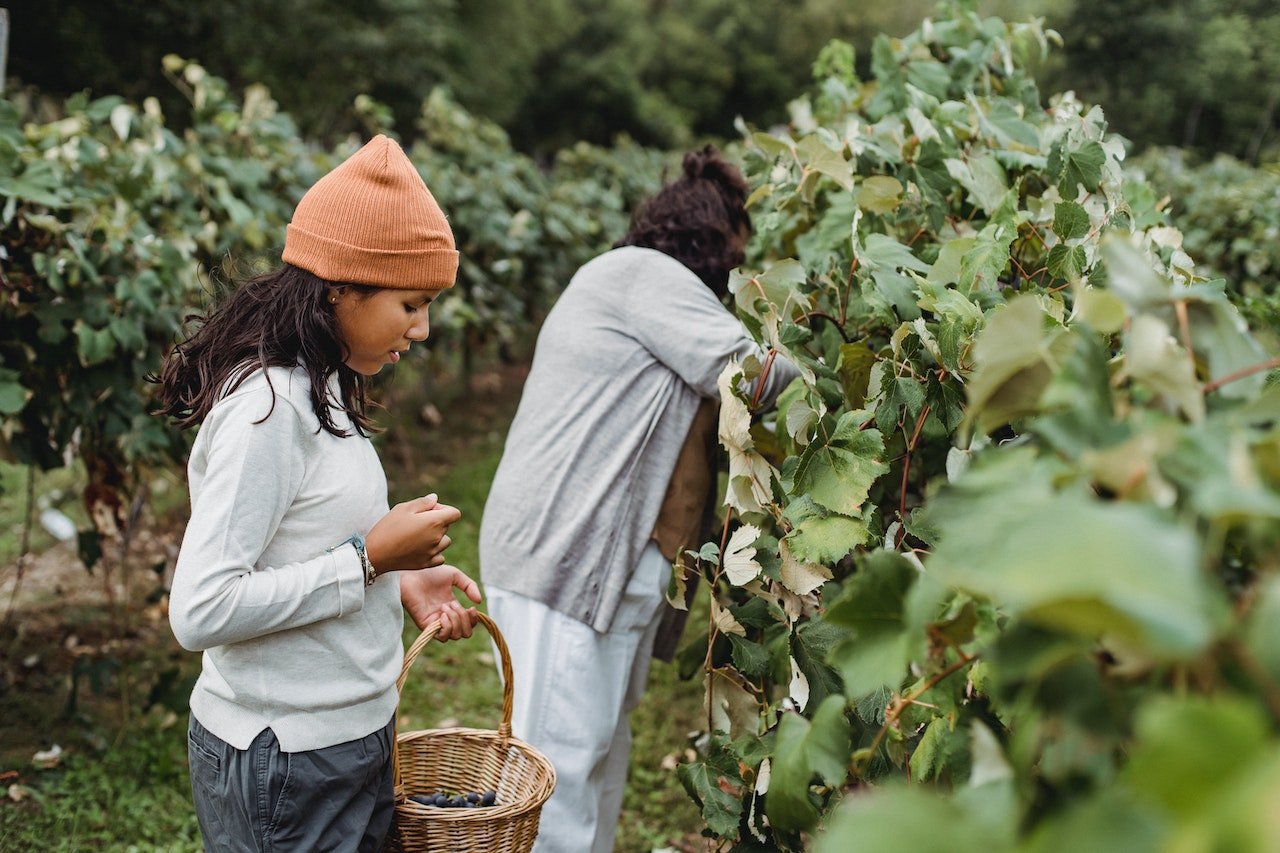-Reprinted from the Cornell Agricultural Workforce Development blog
USDA recently announced the Farm Labor Stabilization and Protection Pilot Program (FLSP), to distribute $65 million in the form of grants to employers to “improve the resiliency of the food and agricultural supply chain by addressing workforce challenges farmers and ranchers face.” FLSP touts three goals:
“Goal 1: Drive U.S. economic recovery and safeguard domestic food supply by addressing current labor shortages in agriculture;
Goal 2: Reduce irregular migration from Northern Central America through the expansion of regular pathways; and
Goal 3: Improve working conditions for all farmworkers.”
Important details of the program are available at the FLSP website, including that eligible applicants include employers who have used or at least applied to use the H-2A program, and the application deadline is November 28, 2023. This program encourages employers to recruit H-2A workers from countries in northern Central America: El Salvador, Guatemala, and Honduras. For this grant application it is critical to read the notice of funding in detail. Don’t just rely on what you see on the website and press releases, download and read this 32-page document thoroughly!
Pages 8-11 of the notice of funding get into details of what will be expected of farm employers who successfully receive a grant. Baseline requirements for all successful awardees include: universal protections and benefits for all employees, not just those in H-2A; employer participation in research that includes access to employers’ full workforce by USDA and federal partners; and “know your rights and resources” training provided by “farmworker-trusted entities.” In addition to these baseline requirements, successful grant awardees will also need to make certain commitments about their employment practices in three areas:
Responsible recruitment: efforts to recruit H-2A workers from northern Central America using government ministries.
Pay, benefits, and working conditions: example can include overtime, bonus pay, paid sick leave, and collaborative employee-management working groups.
Partnership agreements, such as: participation in a worker-driven social responsibility program, participation in a collective bargaining agreement (union), committing to neutrality, access, and voluntary recognition when employees indicate an interest in forming a union.
For some employers, these conditions and expectations of receiving between $25,000 and $2,000,000 in grant awards may be a good fit. For other employers, these conditions will be much too intrusive in exchange for any amount of money. Farm employers should read the notice of funding in detail and reflect carefully about how they wish to proceed with this program. But don’t reflect too long, applications are due November 28, 2023, it’s time to get working if you want to participate in this grant opportunity.






